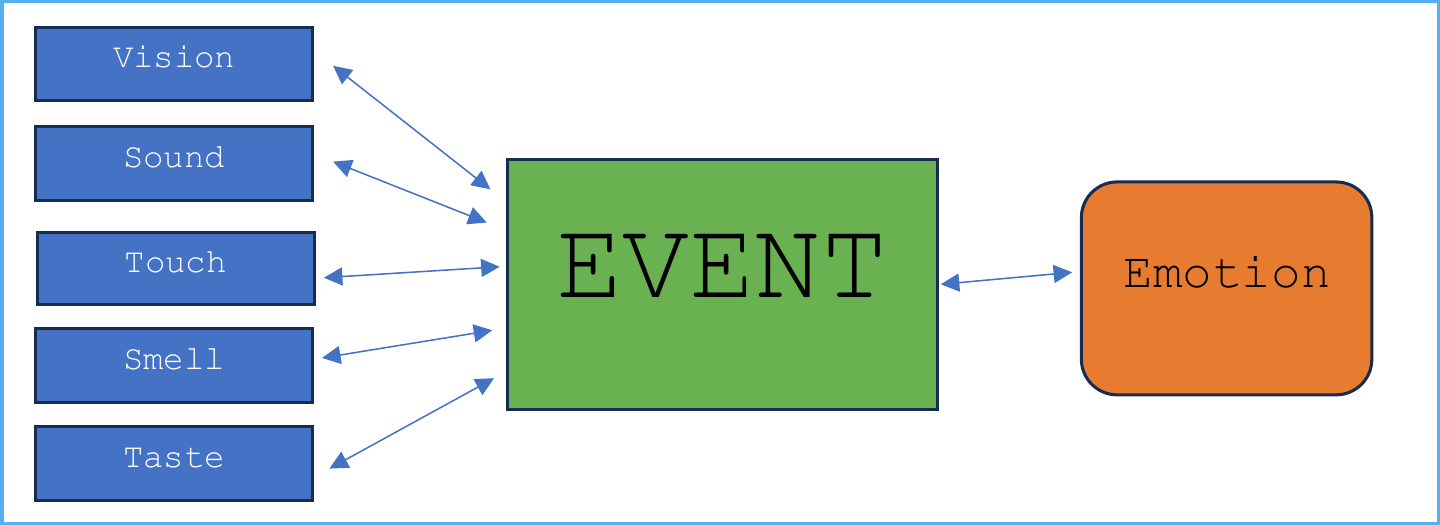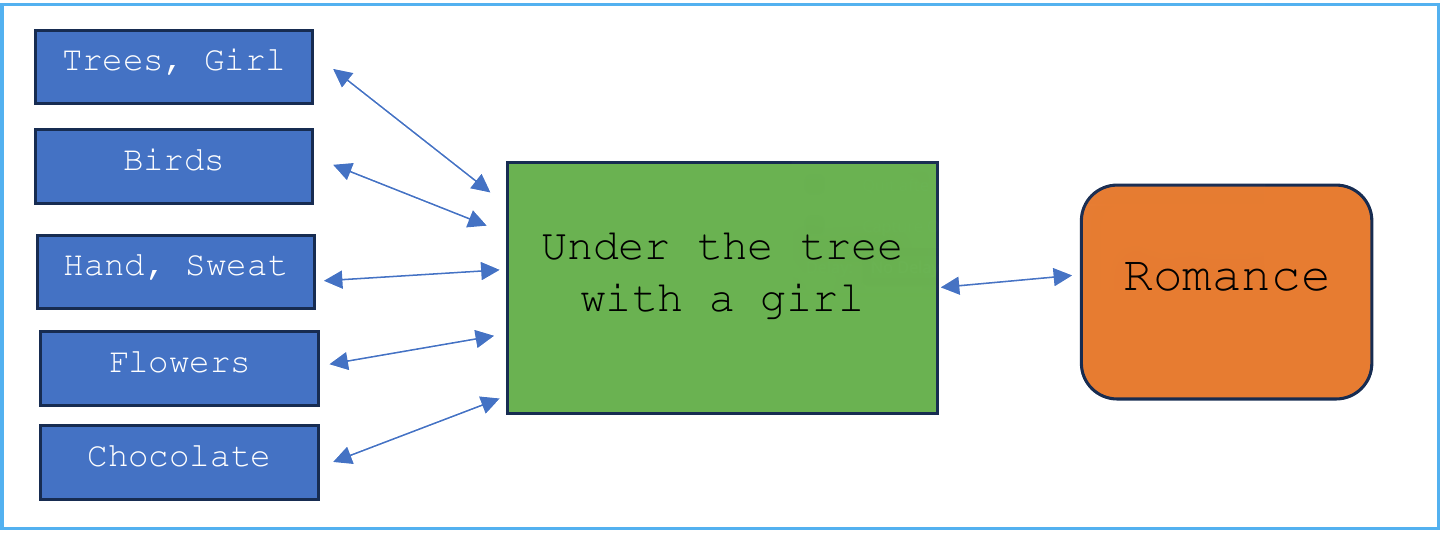The Sound Encoding System
My thoughts on the principle of music and interconnectivity of sounds
Music is perhaps one of the most significant things in our lives. It is simply an interconnection of sounds with a rhythm. But its influence on our lives makes us reluctant to stick on that simplistic definition. Why music can influence a person’s state of mind? Why is able to establish a connection between the artist and the listener? Let’s start with the basic principle of interconnectivity in the Universe.
Interconnectivity
One of the very interesting features of this Universe is interconnectivity. Each and every entity in this world is connected to each other. Offspring of living organisms look very similar to their parents and even have similarity in behavior. This is indeed because of inheritance, the biological explanation behind interconnectivity. But interconnectivity can be seen in many other scenarios as well. We have similar behavioral traits as compared to some other organisms. There are similar patterns in many different places/things. Fibonacci series is one such example. Captures of the space has revealed similarities to the processes we are familiar with in Earth. As for an explanation for this interconnectivity, let’s consider the Big Bang. As per the Big Bang theory, everything in this universe had a same origin. So, it’s safe to say that if two or more objects are similar, they must have the same origin or if two or more objects have the same origin, they are similar. This interesting principle of interconnectivity is not just seen in material objects or organisms, but in other fundamental processes as well. Yes, sound is one of them.
Events, Taste and Emotions
In our life, we hear a lot of sounds. From the best tracks of our favorite artists to the different sounds we hear in our day to day lives, each and every sound we hear has a very significant role in our life. Our brain records each and every event that we experience. The moments one spends with loved ones or the moments of achievements in one’s life or even the seemingly insignificant but important moments like smiling at a random person are recorded by our brain. All these memories can be considered as events. When we experience event, the corresponding sense data such as vision, sound, taste, sense, smell are stored and linked to the event. Whenever we experience these data again, the corresponding event is triggered by links. In other words, we remember the memory.
 Sample Representation of Interconnectivity of Events, Sense Data and Emotions
Sample Representation of Interconnectivity of Events, Sense Data and Emotions
For example, when we hear the sound of a birds chirping, the most probable image that comes to our mind would be forests. This is because most of the events in our brain related to forests are linked to bird chirping mostly due to media or personal experience. However, the same bird chirping may be different for a city person as compared to a person from country side. The former probably thinks of events in zoo or picnics and latter mostly thinks of forests or gardens. Perception comes in to the picture here as well. The way we perceive things is linked to sounds. This perception is developed due to past events and inner consciousness as discussed in Chapter [0]: Perception.
Perception is nothing but taste in music. For a person from countryside, the events he/she experienced in his/her life will be linked to sounds of countryside origin. Same goes for a city person with sounds originating from cities. Therefore, different themes hit different for different audience. Metal music will be entirely different for a city person and a country side person. Nature themed music has a chance of activating the childhood memories of a person born and brought up in countryside and later shifted to city. We can confirm the existence of nature themed songs in his/her playlist with a 70% chance. However, do note that unexpected results arise due to the current evolution of communication technology or in simple words the internet where everyone can experience many different things without physical presence. This can be discussed on a later chapter. This also highlights the important of the events we experience. If one’s experiencing a bad event and he/she is hearing a music in the background, the same music if played once again can trigger these bad memories in the listeners mind no matter what theme the music conveys.
Emotions plays yet another interesting role in interconnectivity of music. When we experience events, emotions are also encoded along with sense data. So, when we experience a specific sound, the event links are triggered subsequently triggering the emotion. This is the reason why music has a role in what we call as mood or perhaps state of mind. For instance, let’s take the case of a person who is sitting under a tree with a girl. He is eating chocolate and is perhaps talking to the girl. Birds are chirping and there is a sweet scent of flowers in the area.
 Representation of a sample event ‘Under the tree
with a girl’
Representation of a sample event ‘Under the tree
with a girl’
The emotion linked to this event could be complex, perhaps a mix of joy, thrill etc. We can call it romance for now. Now if this person experiences something like bird chirping (preferably of the same frequency and rhythm), the chances of him remembering this event with the girl is high. It is safe to consider that the person won’t forget this event (you know why). Another interesting thing is that it is not necessary that the person remembers or rewinds the event completely but rather activate the other links. He perhaps remembers the taste of chocolate or the smell of the flowers, or the tress or the girl. Yes, there is a high chance that the connected emotion can also be triggered. This explains why we go through a lot of emotions when we listen to a music though there would be a centralized theme. Each and every sound in the music is activated links in our brain triggering other sense data and emotions. Perhaps this is why music is good for our brain as it increases brain activity.
Rhythm
Rhythm is yet another part of music. Rhythm is simply the repeated pattern of sound we experience mostly highlighted by low frequencies. At times when we listen to music, we automatically move along with the music. This is the case for some other sounds as well. We can even dance to the rhythm of banging plates, hitting hammers or banging benches provided there is a rhythm. This is the principle of Order in the Universe, which will be covered in another chapter. This action arises due to resonance. Resonance is a natural phenomenon observed in our universe. As per definition, resonance is a phenomenon that occurs when the matching vibrations of another object increase the amplitude of an object’s oscillations. In other words, if two vibrations of the same frequency collide, a vibration of higher amplitude will be produced. This is seen and applied almost everywhere like buses, bridges, metal detectors etc. Resonance occurs when the natural frequency of the object matches the frequency of the external source. This could be a problem for bridges as they could collapse when resonance occurs due to high amplitude waves. The sample principle is applicable for Rhythm as well. When the rhythm of the music we hear resonates with our natural frequency (which is different for each person), our complete mind and body respond to the sound.
Conclusion
In conclusion, music is an interconnected encoded combination of sounds encrypted with rhythm. The listener decodes the music completely when the rhythm resonates with him/her and experiences various emotions with a centralized theme. This activates many other links in his/her mind, activating memories. Music is therefore the beauty of interconnectivity and resonance. Our brain’s ability to connect events and data and resonate helps us experience it and perhaps find meaning of simple sounds. Our Universe is filled with such beautiful phenomena. Uniqueness exists even when everything is fundamentally the same. This exists due to the beauty of the principle of system in our world. Experiencing these phenomena, learning about them, contemplating its meaning and taking action perhaps helps us understand what we call as the answer to the life and the universe and everything.
DAWN/ペンギン